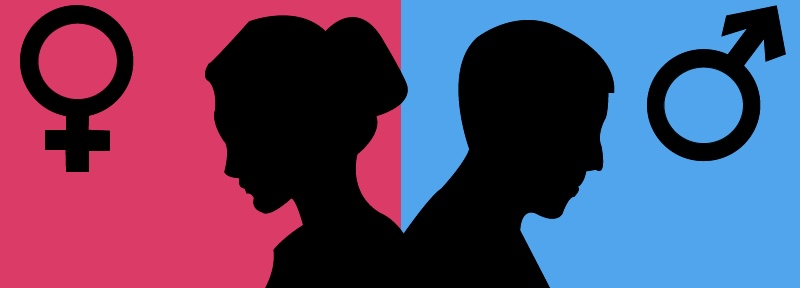Gender inequality can connotatively be described as any unequal treatment or access to resources in society, on the premise of gender. In most cases, men are more privileged than women. According to Lorber (2010), gender inequality takes many different forms, depending on the economic structure and social organization of a particular society and on the culture of any particular group within that society. The afflicted world in which we live is characterized by a deeply unequal sharing of the burden of adversities between women and men. gender inequality exists in most parts of the world, from Japan to Morocco, from Uzbekistan to the United States. Yet inequality between women and men is not everywhere the same. It can take many different forms. Gender inequality is not one homogeneous phenomenon, but a collection of disparate and inter-linked problems (Sen, 2001).
Sen suggests that some of these forms include; Morality Inequality, Natality Inequality, Basic Facility Inequality, Special Opportunity Inequality, Professional Inequality, Ownership Inequality, and Household Inequality. However, other scholars and organizations propose that Gender Based Violence (GBV) is a form of inequality. Violence against women is a major public and clinical health problem and a violation of women’s human rights. It is rooted in and perpetuates gender inequalities (WHO).


